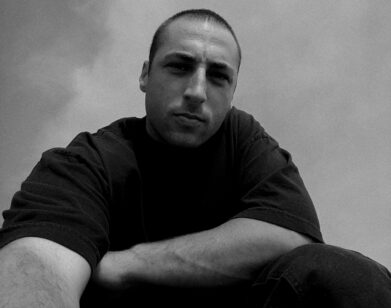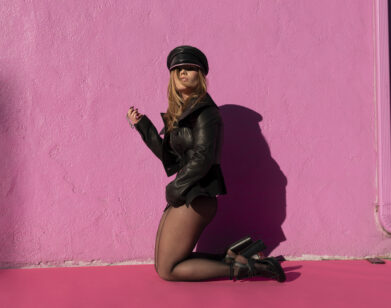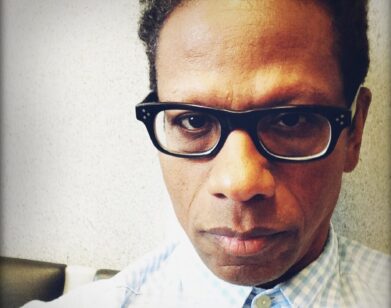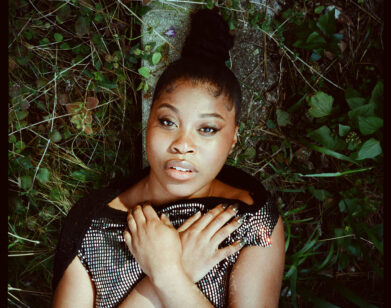How choreographer Sherrie Silver made a masterpiece out of Donald Glover’s “This Is America”
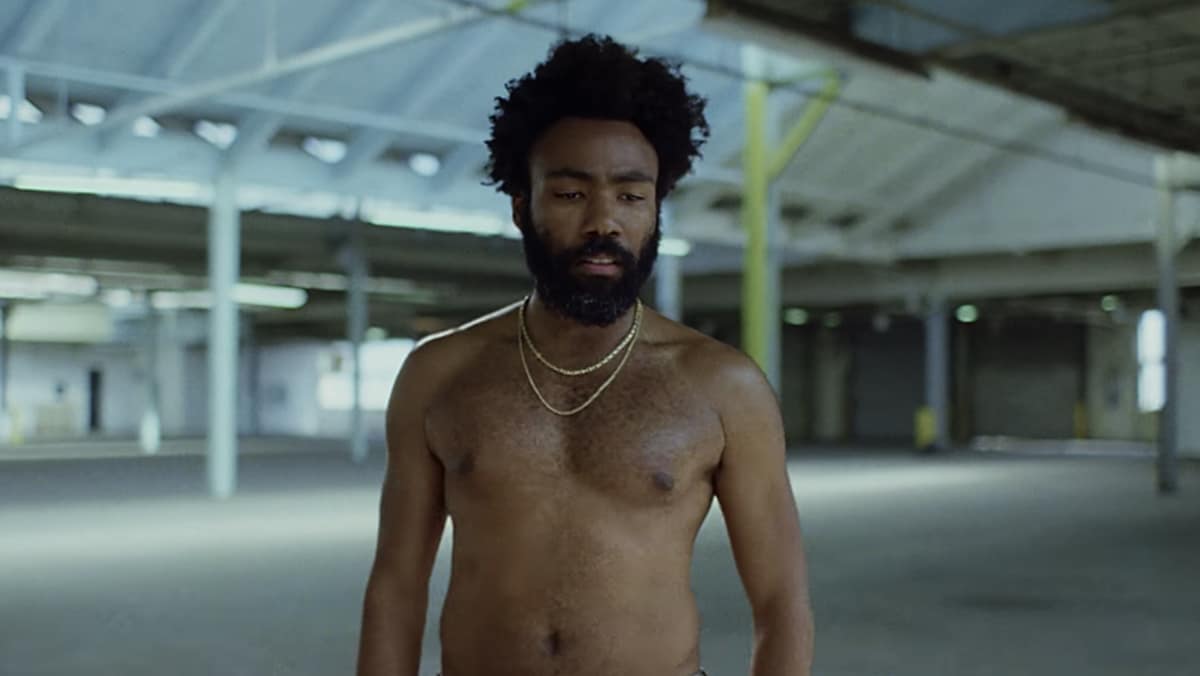
IMAGE VIA YOUTUBE
Sherrie Silver is in Istanbul, Turkey, answering questions for this interview while applying her makeup. It’s an hour before she’s due to perform, and less than 48 hours after the video she choreographed for Childish Gambino’s “This Is America” went viral.
Silver—who also dances in the video—was tasked with creating choreography that would elicit happiness and joy, in contrast to a background of chaos and destruction for a visual narrative that has already been dissected by watchers ad infinitum. “This Is America,” directed by Hiro Murai, is being viewed as an artistic comment on indifference, consumption, and incessant violence in the U.S. today.
Silver, who’s only 23 years old, says that she “lives on a plane,” typically en route to teach dance classes around the world, perform with artists like Wizkid, act in films, or do philanthropy in various African countries. Though she was born in Rwanda, Silver moved to England when she was just five years old. As a teenager, she began filming, editing, and uploading her African dance (“Afro-dance”) videos to YouTube, while simultaneously earning a university degree in business marketing.
Here, Silver describes what it was like working on “This Is America.”
CEDAR PASORI: How did you get involved in the “This Is America” music video and Saturday Night Live performance?
SHERRIE SILVER: Childish Gambino’s team reached out to me after seeing some of my dance videos online. They saw one particular move that they liked, Gwara Gwara from South Africa, which we did in the video and also on SNL. I came up with different steps, taught the school kids and the choir, and helped Donald [Glover, a.k.a. Childish Gambino] with his solos.
PASORI: What was the creative process between you, Donald Glover, and director Hiro Murai like?
SILVER: The whole team really knew what they wanted. The video is full of madness and reflects what’s going on in America and around the world right now. The kids and the choir are supposed to be the happy part of that, so there are two different worlds at the same time. Multiple parts of the video are meant to catch the viewer off-guard, with people smiling and enjoying themselves before it goes dark.
When we were casting, it was good to see that some of the dancers had tried Afro-dance moves before. I would teach a few steps to see who could pick it up. It was also important to cast people who could exhibit the happiness we wanted to show in the video.
With the school kids, I was trying to reflect how we are back home—in Africa. No matter what troubles we have, kids are always dancing and smiling. We always dance and have music playing. The kids’ dancing shows their innocence, despite being unaware of what’s going on around them. The choir is also meant to be happy and unaware.
With Donald, I put together some choreography for him based on the concept and what I call Afro-dance. He has his own dancing style and had his own ideas for the solos. We definitely met in the middle. He had done ballet before, so there’s some of that in there, in addition to American dance references, like the “Shoot,” “Reverse,” and “Nae Nae” dances. He rehearsed at home with videos he found, too.
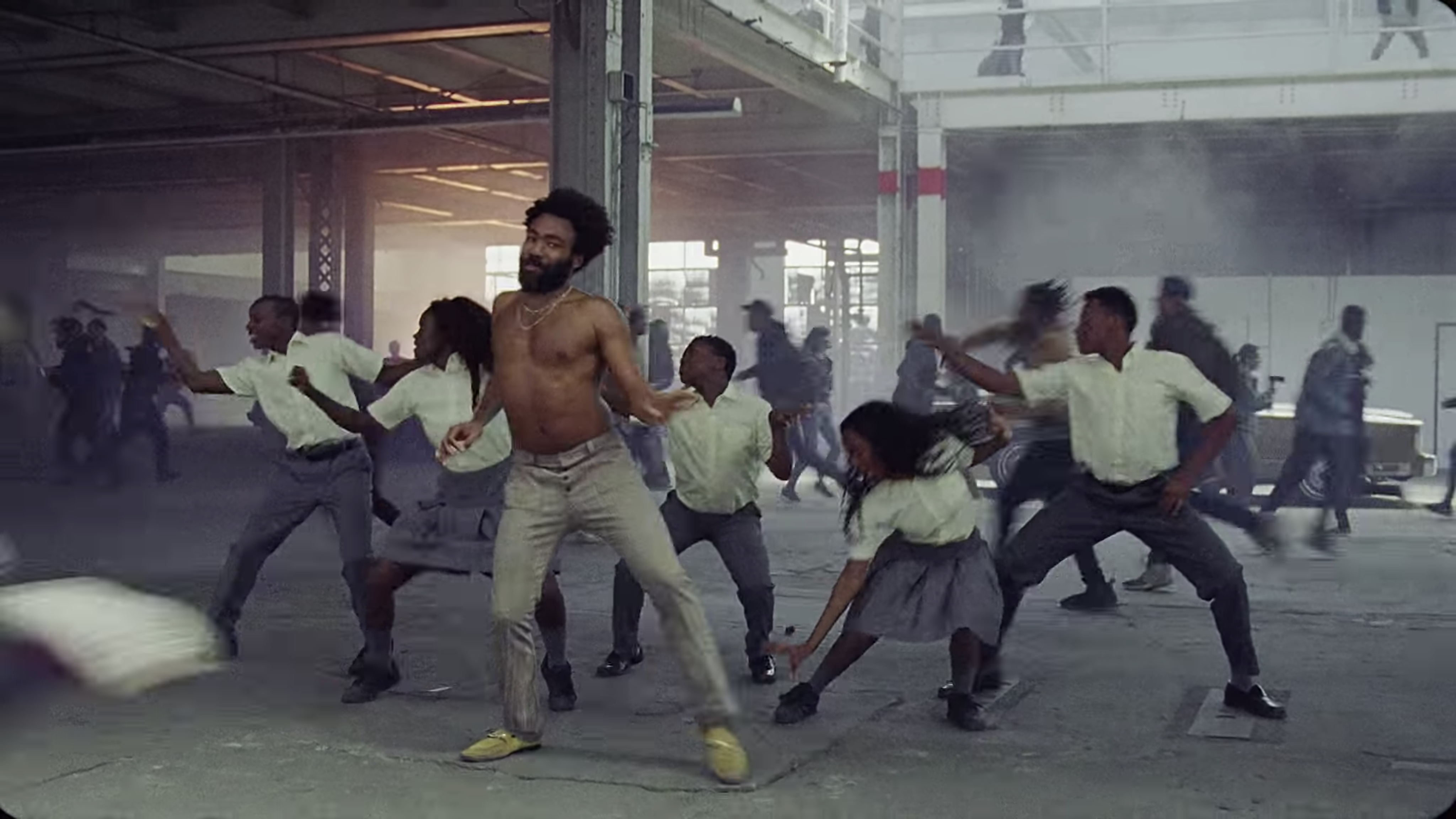
IMAGE VIA YOUTUBE
PASORI: At what point were you exposed to Gwara Gwara, and was it in South Africa? Why do you think it’s trending now?
SILVER: Well, every six months there’s a new Afro-dance move that goes mainstream. For a while now, Gwara Gwara has been the dance that everyone wants to do and learn. It looks simple, but it’s actually difficult to do. I lived in South Africa for two months while filming a movie, so I became quite familiar with it. I also included the Shaku Shaku dance from Nigeria, the Alkayida from Ghana, the Azonto from Ghana, and other moves that don’t have names, as well.
PASORI: You also included Gwara Gwara during SNL. How did you choreograph the SNL performance of “This Is America,” in particular?
SILVER: The SNL performance included some aspects of the video, but it was still quite different choreography. We didn’t want it to be exactly the same, but it still needed to portray the same message. The school kids were supposed to be happy and bring joy to the performance. Donald was in and out of many characters. You can see that one minute he’s smiling, and the next minute he’s not. The money spraying part mirrors the song lyrics and references the African tradition of spreading cash to show appreciation and celebrate.
We did a lot of rehearsals to pull off the hologram, and we made sure to carry it out in the safest way possible. That was the climax of the performance, a joyful moment, before we calmed it down with the little princess at the end.
PASORI: How did you and the team decide on that moment between Donald and the one girl dancer?
SILVER: I suggested some slightly younger girls that would bring something different to this performance. The girl who was in the SNL performance was chosen right away. She was actually a huge fan of Donald and knew all the words to all his Childish Gambino songs. Even though I choreographed what she did, she danced her heart out—put her whole heart into it. That was her first TV performance, as well. When she got off the stage, she was crying tears of joy. All of the kids were just so happy for the opportunity to be a part of this.
PASORI: Now that it’s all out in the world, how do you feel?
SILVER: Being a part of the number one trending video means a lot. I don’t just do this for fun. I really do it because I want to give back. I travel and teach African dance from all over the continent. I take the money I generate from teaching back to Rwanda, Uganda, and Nigeria to redevelop schools and help get homeless kids off the street. For me, it’s not just about dancing. It’s the actual outcome that matters most.

